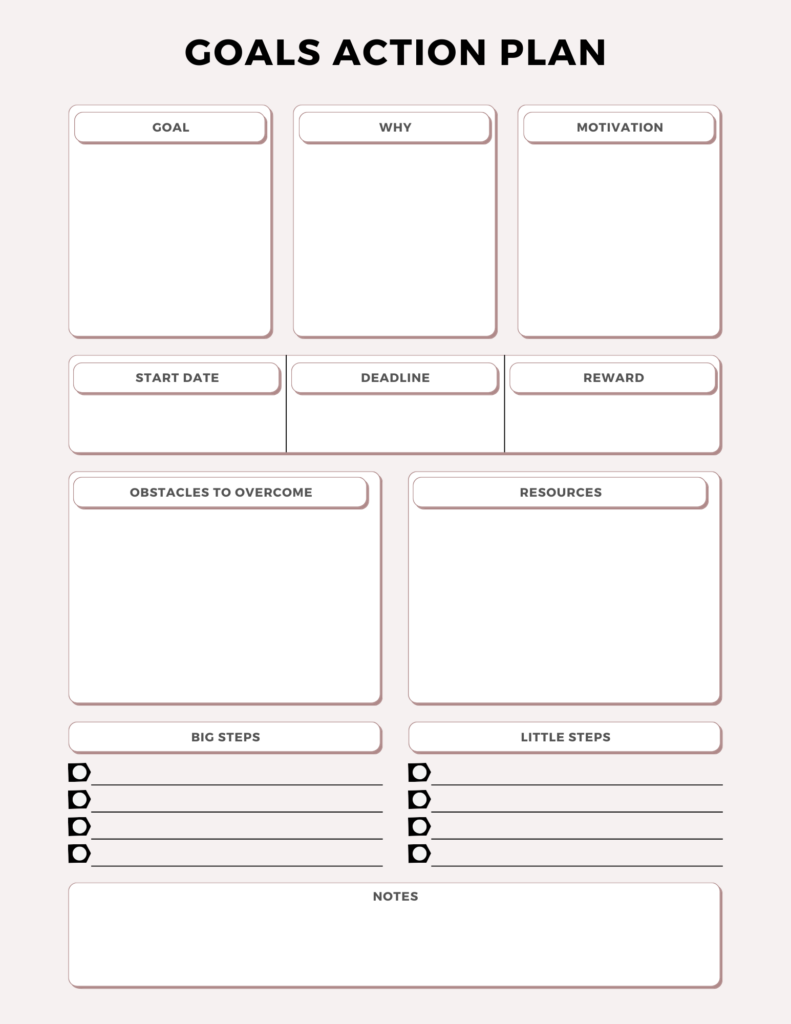Writing Your Business Plan: Part 2
Crafting Effective Objectives and Values
Once you have created your Vision and Mission statements, it’s time to set your future objectives. These are the goals or targets you want to reach at some future date, usually in 3-5 years.
For this purpose, let’s use the same time window of 1 to 3 years as we did in Part 1, crafting your vision and mission statements. This is more appropriate for small businesses and departments within larger organizations. You may even consider time horizons such as 6 months, 12 months, and 24 months, depending on your situation, while larger, well-established businesses may look at 5-to-10-year time horizons.
You’ll recall that in our coaching and training practice, we adopted the Systems Thinking Approach® to strategic and business planning from The Haines Centre for Strategic Management. This approach uses 5 simple questions to craft a strategic or business plan. Below are the 5 Systems Thinking Questions and the areas they cover.
5 Systems Thinking Questions
Where do we want to be at some future date? (Your Desired State)
a. Vision
b. Mission
c. Values
d. Unique positioning or selling proposition
How will we know when we get there? (Quadruple bottom line goals)
a. Annual revenue
b. Customer numbers and satisfaction
c. Employee numbers and satisfaction
d. Community engagement/support (giving back)
Where are we today? (Current State SWOT)
a. Strengths (internal)
b. Weaknesses (internal)
c. Opportunities (external)
d. Threats (external)
How will we get there? (Connect the dots from current state/today to future desired state - your vision)
a. 4-5 key strategies
b. At least 3 actions under each strategy
What may be different in our external world that could affect our plan?
(External scan of 8 areas - SKEPTIC)
a. Society (demographic changes in the marketplace)
b. (K)Competition
c. Economy (local, regional, national, etc.) or Ecology (going green)
d. Political (may not apply)
e. Technology (software, social media, digital trends)
f. Industry
g. Customer (changes in buyer behavior)
Quadruple Bottom Line: Objectives or Goals
For this article, we’ll focus on the question: How will we know when we get there? This focuses on the four areas of:
Financial: Sales/Annual revenue
Customer: new and repeat, satisfaction, quality, units sold/customer
Employee: numbers, skills & capacity, satisfaction
Community: engagement/support (giving back)
The One-Page Business Plan Book by Jim Horan lists these a bit differently for a small business and for market and sales or for personal staff goals. These are listed below.
Small Business or Start-Up
Financial:
Sales/Annual revenue, profitability, expenses, assets, liabilities, owner compensation
Customer:
New and repeat, average sale, units sold/customer, quality
Learning & Growth:
Output/employee, skills & capacity, resource utilization, achievement, waste reduction
Process Improvement:
Marketing & sales, manufacturing & operations, finance, HR, legal, management & decision-making, technology/innovations
Marketing, Sales or Personal Staff Goals
Marketing:
contacts/ appointments/ presentations/closes/articles/speaking/events, and other marketing activities to track and measure
Sales:
revenue/month, product sales, program/project sales, professional service sales, average sale value, revenue per client, average billable hours
Personal/Well-Being:
exercise, weight, vacation, free time, community involvement, personal net worth
You choose the approach that works best for you and your organization. Then structure the objectives under each category using a format similar to the one below:
Grow, increase, or achieve (sales, new customers, website traffic, etc.) of _________________ (#,$,%) by (future date) _______________.
The date is the same future date you used for your Vision and Mission statements, so that may be 1, 2, or 3 years from now. You may have multiple staggered objectives to show an increase or decrease each year.
Creating Values
In the One Page Business Plan book, the Values are covered to some degree in the questions you answer when crafting your Vision statement. We believe these are important to state separately since they express the culture you want to create in your business, internally with your employees, and externally with your customers and suppliers. This is the behavior you wish to engender. Or in other words, “it’s how we do things around here.”
One advantage of having a business plan is that you can be flexible in your approach, choosing the objectives that are most applicable to you at the time you write it.
If the culture in your organization is something that needs to change, creating a separate set of values and stating them as objectives may be an approach to take for year 1 or 2. Those might be stated as follows:
To create an internal culture of mutual respect and servant leadership that honors the talents and passions of each team member by _________ (future date).
To empower team members to serve our customers with dignity and respect, making their needs and wants a top priority by ___________ (future date)
In the above examples, you need to include key strategies and actions that support your values objectives to achieve those culture changes. Those actions need to include ongoing tracking mechanisms to ensure the behavior change occurs, is rewarded, and your team is motivated to continue the new behavior. Without a genuine cultural tracking and reward system in place, people go back to doing business as usual and the change you wanted to create does not take place.
Once written, the business plan becomes a living document that should be reviewed and updated yearly, celebrating any successes you and your team have accomplished during the year since the plan was first drafted.
Next up: Crafting Your Strategies and Actions

